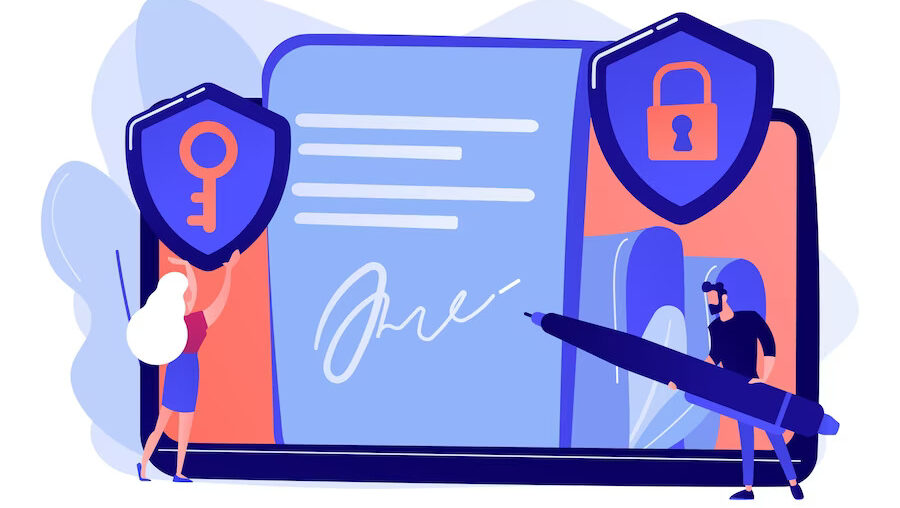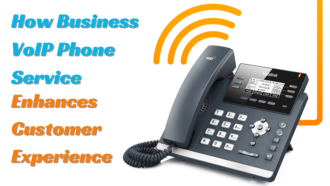The Benefits of Using eSignatures for Your Business
Electronic signature (eSignature) technology is becoming increasingly popular in the business world, with more and more organizations turning to it as a way of simplifying their document signing processes. After all, what could be easier than having customers or employees sign documents electronically? But aside from being convenient, many other benefits come with using eSignatures for your business.
Why is eSignature so advantageous?
Using an eSignature has several advantages over traditional paper-based signatures. Thanks to different types of software development, you can finally say it’s much faster and more convenient than having to print out a document, sign it manually, scan it back in and then send it off.
With an eSignature, you can simply upload the document online and have all parties involved sign it electronically with just a few clicks.
This saves time and money as well as reduces paperwork clutter. Since all signatures are stored digitally they are easier to track and manage than paper-based ones.
What types of authentication methods are used with eSignatures?
Authentication methods used with eSignatures typically involve two-factor authentication (2FA) or multi-factor authentication (MFA). Two-factor authentication requires users to provide two pieces of evidence, such as a username and password, to prove their identity.
Multi-factor authentication requires users to provide three or more pieces of evidence, such as a username, password and security question. Other types of authentication methods include biometric verification (fingerprint scanning), one-time passwords (OTP) and digital certificates. All these methods are designed to ensure that the user is who they say they are before allowing them to sign documents electronically.
Is an eSignature legally binding?
Yes, an eSignature is legally binding in the United States. According to the Electronic Signatures in Global and National Commerce Act (ESIGN), electronic signatures are just as valid as traditional pen-and-paper signatures. This means that any document or contract signed electronically with an eSignature is legally binding and enforceable in a court of law.
Many states have adopted laws regarding the use of electronic signatures, which further solidifies their legal standing.
How to implement an effective eSignature process
Implementing an effective eSignature process requires careful planning and consideration. You need to determine the type of documents that will require electronic signatures. This could include contracts, agreements, forms or any other document that needs to be signed by two or more parties. Once you have identified the types of documents that need to be signed electronically, you should create a workflow for each document type. This workflow should include steps such as creating the document, sending it out for signature, collecting signatures from all parties involved and finally, archiving the signed document.
Waiting for signatures for approval to move forward has slowed people down in every industry in the past – whether moving from one phase of a job to the next, changing budgets or any number of other things. You should always select an eSignature solution that meets your specific requirements.
Using eSignatures ensures that you will save both time and money. Besides its cost-effectiveness, it also helps protect against fraud since each signature is unique and can be verified by its creator at any time.


















